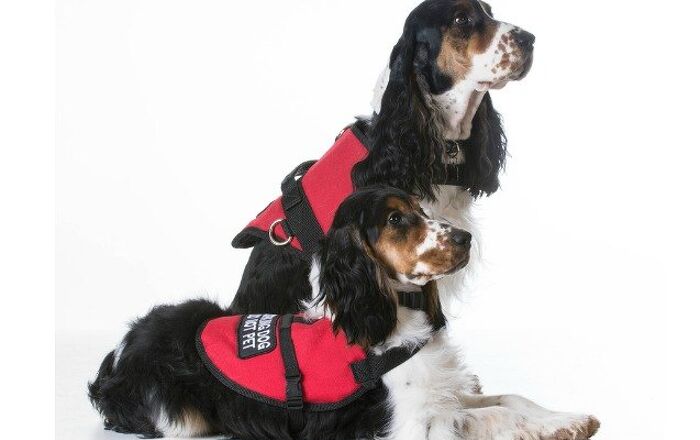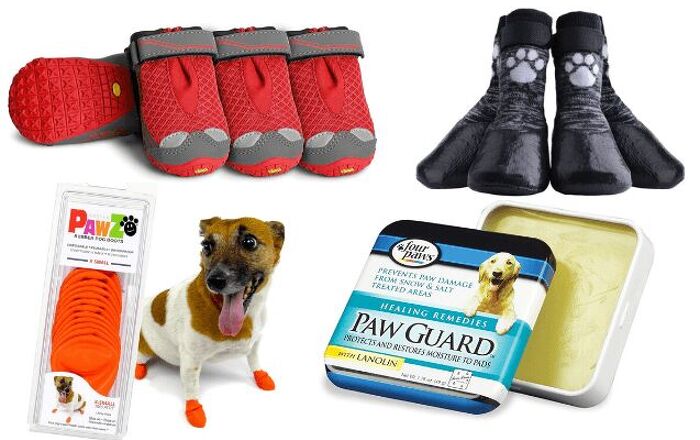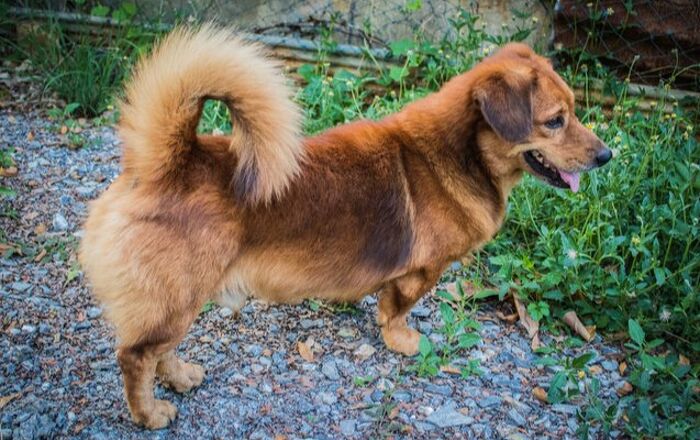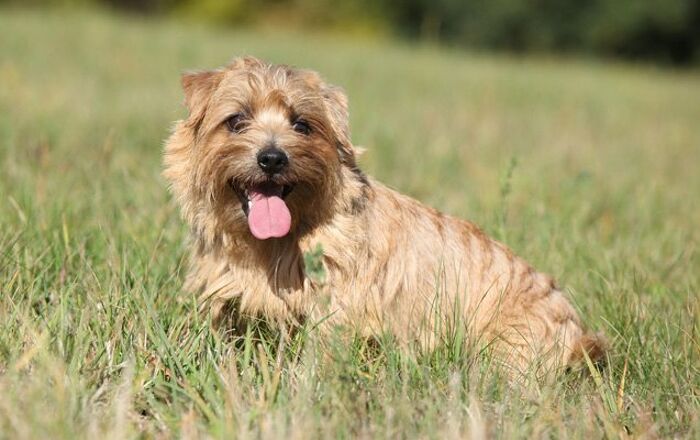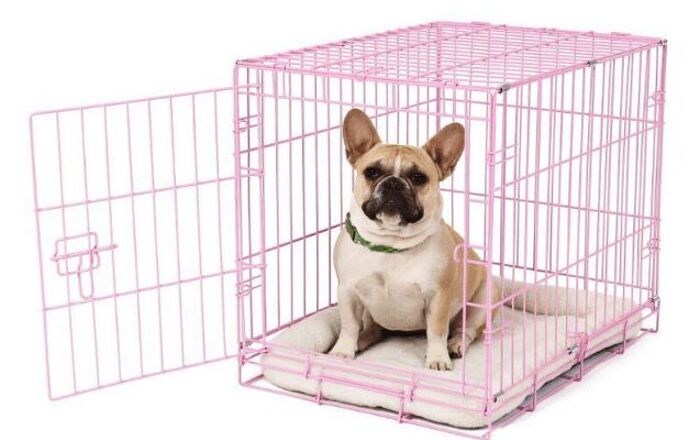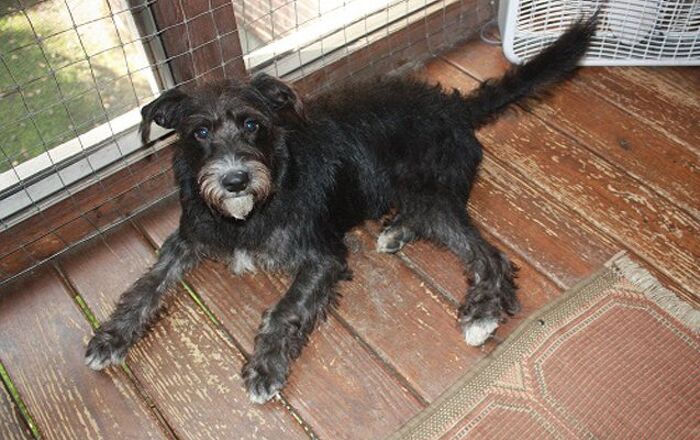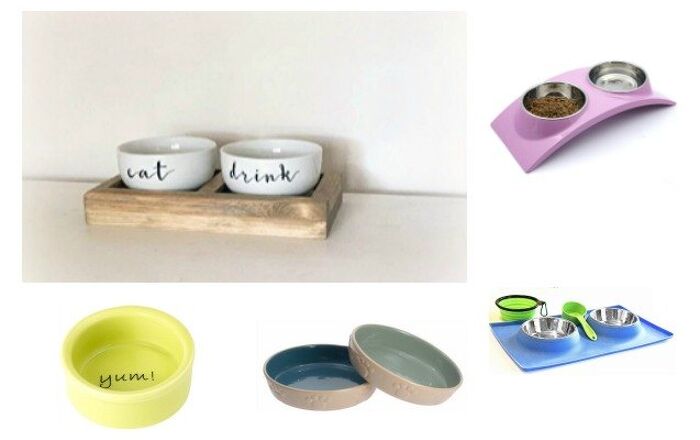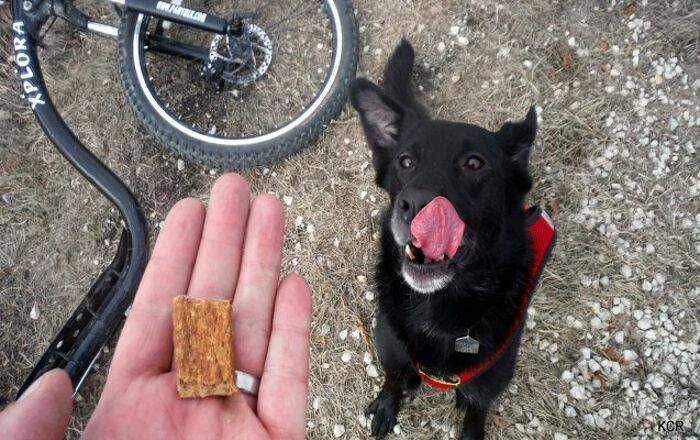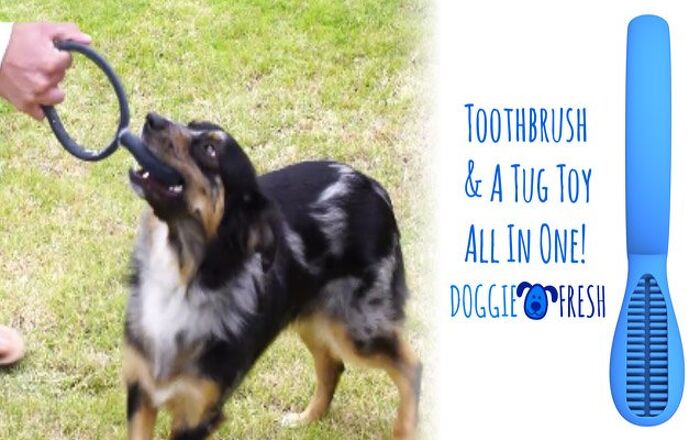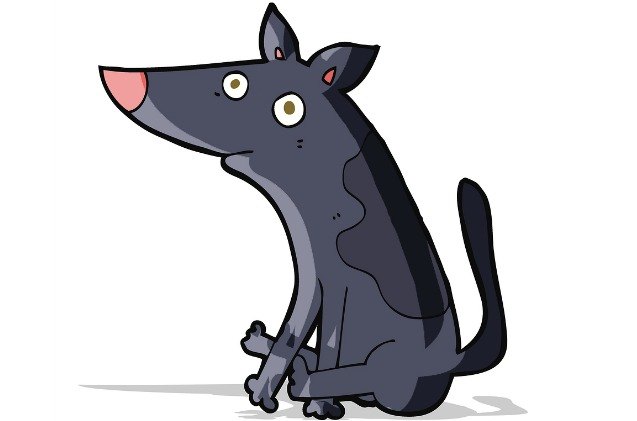
Sure, it’s the butt of many jokes, but dog scooting can be a pain in the ass… just ask Oscar!
Oscar has the art of dog scooting mastered. He’s been practicing this graceful dance of his people since I can remember. My hardwood floor gives him little relief, so when Oscar spies rugs and carpeting, he will unashamedly sit down, kick his hind legs forward and drag his arse until satisfaction has been achieved. This isn’t so much of an issue when we’re at close friends’ and family’s houses – they think it’s hilarious. But if it’s at the home of someone new or we’re out in public (the pavement gives him amazing ass-wiping traction), let’s just say that Oscar always makes a lasting impression.
I’ve taken him to the vet numerous times about his dog scooting issues, and as of yet, there’s no solid answers. It’s not his anal sac – that was my first guess. But after an unwelcome finger probing, infection and a full sac was ruled out.
Related:How To Treat A Dog With Allergies
Sure, the vet had plenty of “maybes” and “try this,” but no definitive results or cures. Because there’s no bleeding and he’s not doing it all day long, I get the feeling that Oscar’s derriere dragging is more of a nuance we’re going to have to live with. It’s a bit red at times, but not raw. He licks it occasionally – I’m not sure if he does it to soothe his bum or as a douche move to gross me out (he’ll try to kiss me after a thorough cleaning).
Does your pooch engage in dog scooting? Here are just a few reasons why dogs scoot:
Allergies
Anal Sac:
You see, dogs anal sacs release a foul liquid when they poop. Now, that sounds gross, but it’s really important. That’s THEIR smell–their territory marking. It’s like a biomarker that lets other dogs know, “Hey. I was here.”
When your dog has a healthy gut, he’s going to have healthy poop. Simple as that. And that’s important because it’s your dog’s bowel movement that makes sure his anal sacs empty. If the poop is the right consistency and form, it’ll be the perfect pressure to gently express your dog’s anal sacs each time he poops. Perfect pooping means your dog’s anal glands shouldn’t get inflamed. It’s that inflammation that makes the liquid in their sacs get a bit more goopy and glumpy solid, and that means they don’t empty as easily. More, they can get infected, which can lead to itching and scooting to relieve the pain and itch. They can even get so inflamed and irritated they bleed. That’s a ruh-roh you need to address immediately.
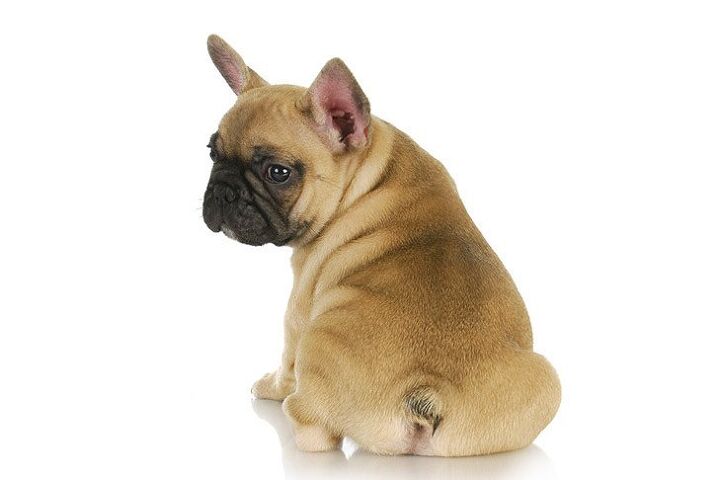
Resolution:
Visit your veterinarian if the problem continues and seems serious. Antibiotic ointment and warm compresses may also be recommended.
“If your dog’s glands look very enlarged or they’re having bloody discharge, it’s time to see your vet,” says Sara Ochoa, DVM. “If the anal glands are very full, we express them. When they are infected, dogs get a round of antibiotics and sometimes pain medication.”
Scooting helps to relieve the pain and discomfort to the area. A vet can discharge the sac and prescribe a dose of antibiotics if necessary. If your dog does have anal sac problems, keeping a close eye (ha!) on his rear end will help prevent flare ups. Have a vet or groomer express the anal sac – although, Oscar scoots right after he gets probed (I don’t blame him).
Related:Stylish Tips For DIY Dog Grooming Success
Grooming
Cling-Ons
Tapeworms
Manly urges
Since my vet doesn’t think it’s a problem, I’m stuck with trying to find some relief for Oscar’s itchy issue. Do you have any recommendations? Supplements, herbs, grooming tips – I’m happy to hear them all, so please leave your thoughts in the comment section below.
